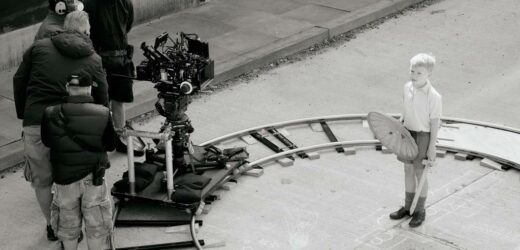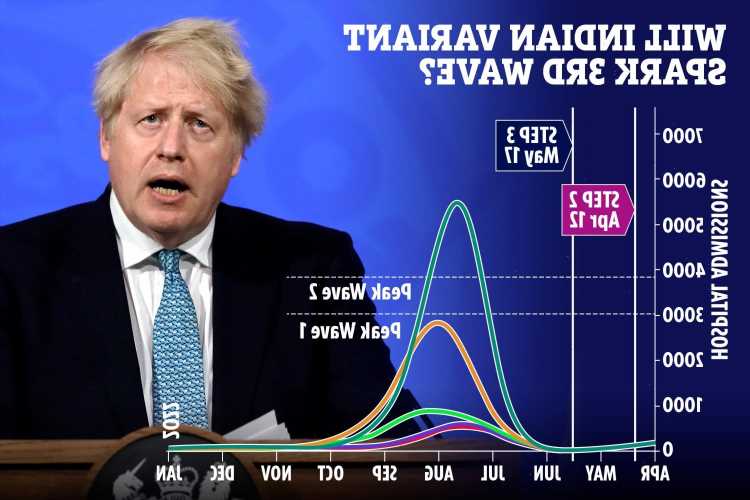Kenneth Branagh’s “Belfast” is very much anchored in the filmmaker’s childhood memories and a sense of nostalgia. Loosely based on his own experiences, the film opens in color in modern-day Ireland before audiences are transported back to Belfast, 1969, where a quiet residential area explodes as a mob shatters the tranquility and “the troubles” begin.
The sounds of the community were key for MPSE Golden Reel nominee James Mather (Outstanding Achievement in Sound Editing – Feature Effects/Foley ), who served as the film’s sound supervisor. “We start with this modern-day city, and from that moment we were introducing sounds that felt very relevant and resonant,” he says. When the sequence transitions to black and white, Mather says Branagh wanted there to be the sound of the joy of childhood. “It was the sound of freedom, liberty, joy and innocence. I wanted the audience to feel that they were being brought into an almost-perfect world,” explains Mather.
While the visuals played on that idea, Mather used music, the busy street with adults and the kids playing to encapsulate that magic period. However, it’s a moment that is short-lived. Says Mather, “Once you get to Buddy, played by Jude Hill, and he’s talking to the people, but then is frozen in his footsteps as the camera rotates around him, it brings the audience into him. But that is the turning point, this sonata of a piece, for sound to create all the elements that will then help the audience understand the kind of world that he was living in, and that this world is no longer the world we started the movie with.”
The sound of television, whether it’s a Western or the “Star Trek” theme, was used to give audiences a ripple of nostalgia. “All those elements were the fabric of the soundtrack to give you a sense of the time and what was happening,” he says.
Sound supervisor and re-recording mixer Simon Chase went out to capture the crowd scenes. Branagh made sure the voices were all Irish — not only to add authenticity, but for the emotional factor, since it was one of the hardest times in Irish history.
The aural environment of “Belfast” was always about weaving the fabric of the film’s themes. Mather explains, “The first riot is about violence, aggression, anger, hatred and diversion.” The second key riot scene, which sees Buddy stealing from a local store and being dragged back by his mother to return the item amid the chaos, is “about the release. It’s about opportunism, this kind of mindlessness and they’re now sheep being led to do things.”
It’s a pivotal moment in the film. Another moment that Mather points out is when Catriona Balfe’s Ma character is sitting in the living room. “She finally realizes that the world that she wants her children to be brought up in doesn’t exist, and the choice has to be made. Without the violence on their street and without their world being shattered, I don’t know how they would have got to that moment,” says Mather, “It’s a very powerful mechanism.”
Source: Read Full Article


